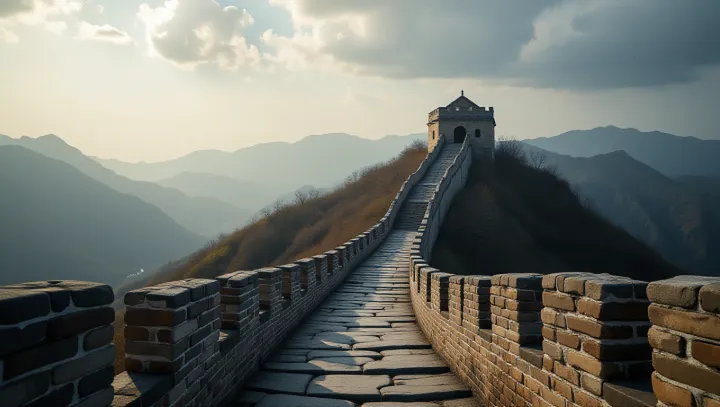Is the Great Wall Really Continuous?

In the heart of Northern China, the sprawling structure colloquially known as the Great Wall is often mischaracterized as a seamless stone barrier stretching endlessly across the landscape. Contrary to this perception, it is a tapestry woven from numerous walls and fortifications, a testament to strategic military ingenuity. Historically, these ramparts were never envisioned as a single monolithic structure.
Instead, various dynasties constructed distinct sections, each designed to defend against invasions and secure territories. The most iconic parts were built during the Ming Dynasty and remain symbols of Chinese resilience and innovation. Architectural expert Li Wong notes, 'Each segment of the wall served a unique purpose, tailored to the needs of the time.' The varied geography dictated diverse construction techniques, showcasing adaptability and strategic foresight, which enabled it to blend seamlessly into mountains, valleys, and plains.
Today, the Great Wall continues to captivate global audiences, drawing millions of visitors and researchers annually. It stands as a vivid reminder of China's historical complexities and its capacity to overcome daunting challenges, projecting its legacy into the modern era.
